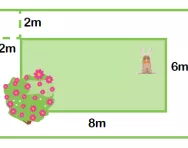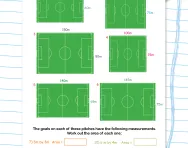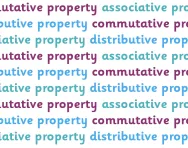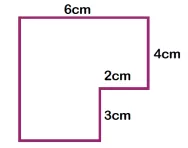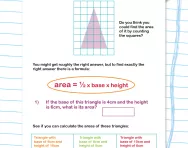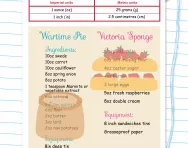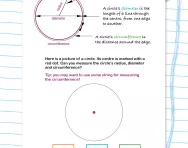Important update from TheSchoolRun
For the past 13 years, TheSchoolRun has been run by a small team of mums working from home, dedicated to providing quality educational resources to primary school parents. Unfortunately, rising supplier costs and falling revenue have made it impossible for us to continue operating, and we’ve had to make the difficult decision to close. The good news: We’ve arranged for another educational provider to take over many of our resources. These will be hosted on a new portal, where the content will be updated and expanded to support your child’s learning.
What this means for subscribers:
- Your subscription is still active, and for now, you can keep using the website as normal — just log in with your usual details to access all our articles and resources*.
- In a few months, all resources will move to the new portal. You’ll continue to have access there until your subscription ends. We’ll send you full details nearer the time.
- As a thank you for your support, we’ll also be sending you 16 primary school eBooks (worth £108.84) to download and keep.
A few changes to be aware of:
- The Learning Journey weekly email has ended, but your child’s plan will still be updated on your dashboard each Monday. Just log in to see the recommended worksheets.
- The 11+ weekly emails have now ended. We sent you all the remaining emails in the series at the end of March — please check your inbox (and spam folder) if you haven’t seen them. You can also follow the full programme here: 11+ Learning Journey.
If you have any questions, please contact us at [email protected]. Thank you for being part of our journey it’s been a privilege to support your family’s learning.
*If you need to reset your password, it will still work as usual. Please check your spam folder if the reset email doesn’t appear in your inbox.
What is a formula?
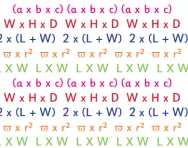
What is a formula?
A formula is a group of mathematical symbols and numbers that show how to work something out.
Examples include formulae for calculating the perimeter and area of 2D shapes and how to work out the volume for 3D shapes.
Formulae are also used to convert measurements, for example from kilometres to miles or temperatures from ºC to ºF.
How does a formula help children in maths?
A formula tells you which measurements or facts you need to solve a calculattion, and how to calculate the measurement or information you need. There are different formulae for different things.
For example, the formula to calculate the volume of a cuboid is W x H x D = V³ (the width multiplied by the height multiplied by the depth equals the volume, which we record in cubic units), where each symbol has a mathematical meaning.
- W means width
- H means height
- D means depth
- V means volume
- ³ means cubed
- = means equals
You can use the same formula to calculate the volume of any cuboid.
How and when primary children are taught mathematical formulae
Children will be familiar with many of the symbols used in formulae (such as + x and =) from Year 1, but it is not until Year 6 that children are formally introduced to the concept of a formula.
Children will be expected to be able to use a range of different formulae to calculate the perimeter and area of 2D shapes and volume of 3D shapes. For example:
Shape: square
How to calculate the perimeter: 4 x side
How to calculate the area: side²
How to calculate the volume: Cube: w³
Shape: rectangle
How to calculate the perimeter: 2 x (L + W)
How to calculate the area: L x W
How to calculate the volume: Cuboid: W x H x D
Shape: triangle
How to calculate the perimeter: Side + side + side (a x b x c)
How to calculate the area: (b x h) ÷ 2
Shape: circle
How to calculate the perimeter: 2 x π x r
How to calculate the area: π x r²
Regular polygon: perimeter is calculated as n x l
In the formulae the symbols represent the following:
L = Length W = Width H = Height D = Depth B = Base π = pi (3.14) r = radius n = number of sides
When learning to apply forumlae in calculations children will be given a diagram of a shape with the measurements needed marked on. Their task is to apply the measurements to the correct formula to calculate the required answer.
For example:
Using the formula W x H x D can you find out the volume of this cuboid?
The answer is 6 x 3 x 2 = 36cm³


